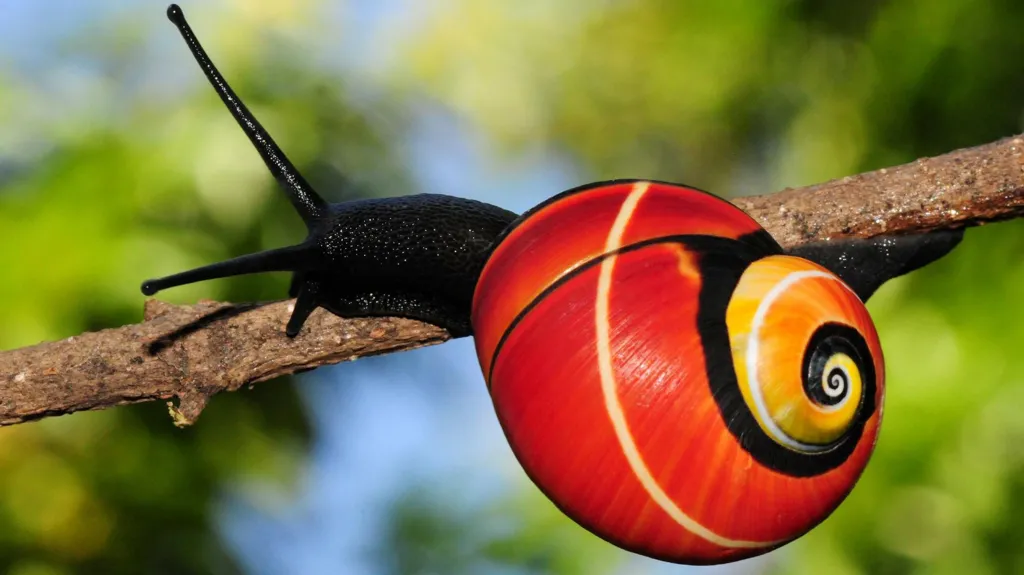Scientists Race to Save the World’s Most Colorful Snails From Extinction
A unique conservation mission is underway to protect some of the planet’s most strikingly beautiful—but critically endangered—snails: the Polymita tree snails of eastern Cuba. With their rainbow-like shells and intricate patterns, these snails have fascinated scientists and collectors alike, but their dazzling appearance may be accelerating their decline.
Polymita snails, known for their brilliantly colored spiral shells, are native only to the forests of eastern Cuba. These vibrant mollusks—particularly the endangered Polymita sulphurosa, with its lime green base, swirling blue flames, and bands of orange and yellow—have drawn intense interest from shell collectors. But that demand is pushing the entire genus closer to extinction.
“It’s the very thing that makes them special—their beauty—that’s placing them at risk,” said Professor Angus Davison, an evolutionary geneticist and snail expert at the University of Nottingham.
Prof. Davison has partnered with Prof. Bernardo Reyes-Tur, a conservation biologist from the Universidad de Oriente in Santiago de Cuba, in a bid to understand the evolutionary history of these snails and help protect them from vanishing forever.
The Double Threat: Habitat Loss and Illegal Trade
While Polymita snails are protected under CITES (the Convention on International Trade in Endangered Species), enforcement is weak. Exporting them from Cuba without a permit is illegal, but once shells make it abroad, they can be openly sold. Online, collections of Polymita shells are available for purchase, with prices reaching £160 or more.
Even minimal collection from the wild can have devastating consequences. “For some of these species, it would take very little to wipe out an entire population,” Davison warned. With climate change and deforestation already shrinking their forest habitats, the added pressure from poaching could prove catastrophic.

Breeding and Biology: A Cross-Continental Collaboration
In Cuba, Prof. Reyes-Tur is attempting to breed Polymita snails in captivity under challenging conditions—including frequent power outages and a lack of resources. Despite the hurdles, he’s keeping the snails healthy in hopes that they’ll eventually reproduce in this protected environment.

Back in the UK, Prof. Davison’s team is studying preserved tissue samples in Nottingham’s high-tech labs. Using genomic sequencing, they aim to determine how many distinct species of Polymita exist, how they’re genetically related, and what exactly in their DNA produces their iconic shell colors and patterns.

A Race Against Time
This collaborative effort blends conservation biology with cutting-edge genetics to uncover the mysteries behind the Polymita snails’ stunning diversity—and, crucially, to inform strategies for their protection before it’s too late.

“Eastern Cuba is the only place on Earth where these snails live,” said Prof. Davison. “The people who truly understand them are there. Our role is to bring the tools of modern science to support those working on the frontlines of conservation.”
In the end, the team hopes that their findings will do more than just decode beauty—they may provide the key to ensuring that these living jewels of the forest aren’t lost to the souvenir market forever.
